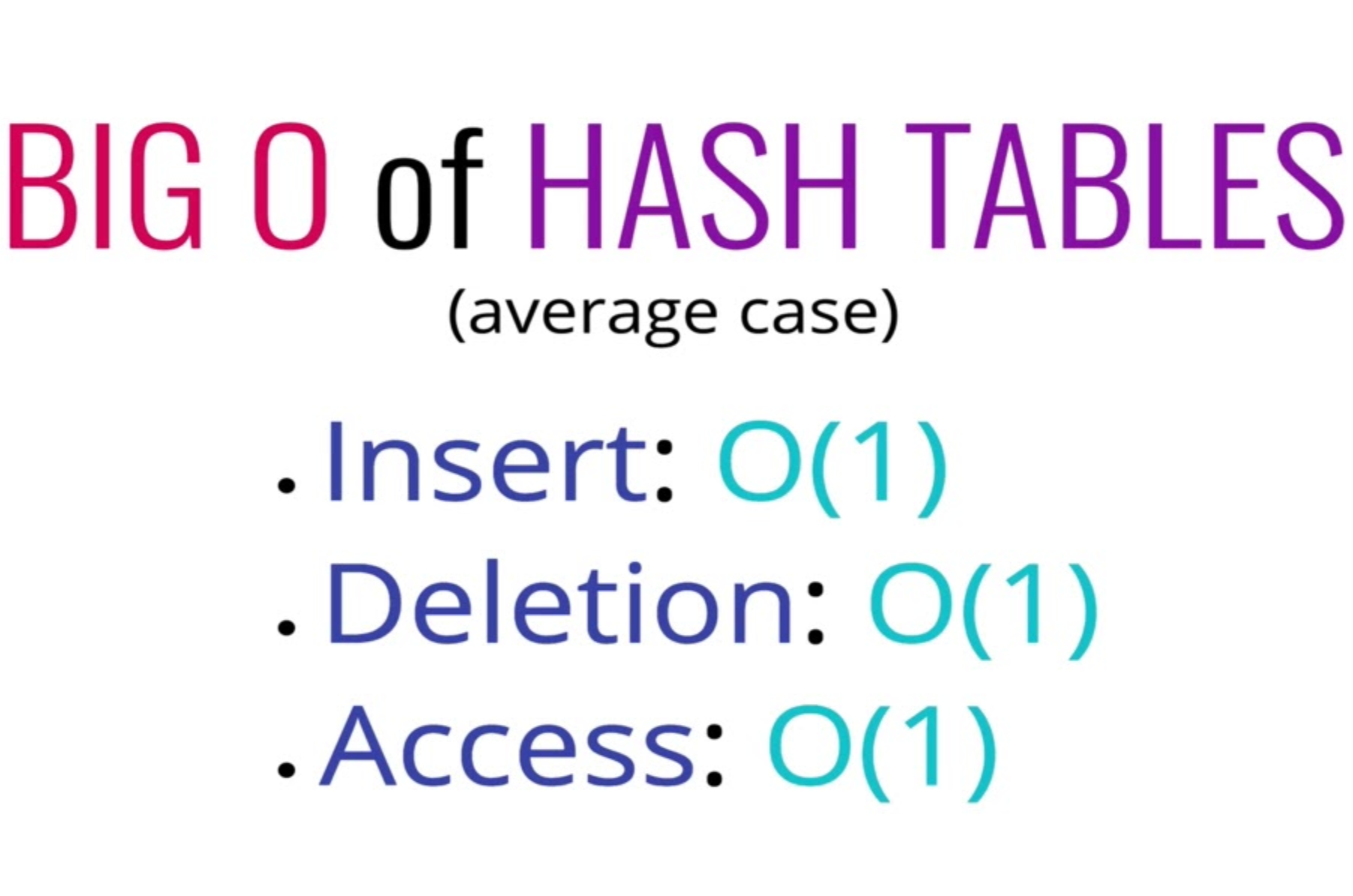
1. Is an array a subset of another array?
- Shorter array:
arr_s
- Longer array:
arr_l
2. Array Solution: Nested-Loops - \(O(N*M)\)
# arr_s = [char for char in "bdf"]
arr_s = [char for char in "bdfz"]
arr_l = [char for char in "abcdef"]
for chr_s in arr_s: # O(N)
match_found = False
for chr_l in arr_l: #O(M)
# print(chr_s,chr_l)
if chr_s==chr_l:
match_found = True
break
chr_s_not_found = chr_s # Total O(N*M)
if match_found:
print(f"Subset: {match_found}")
else:
print(f"Subset: {match_found}. Character not found: {chr_s_not_found}")
Subset: False. Character not found: z
3. Time-Complexity with a Hash Table - \(O(N)\)
By implementing a hash-table (python dict), the time-complexity of our algorithm improves significantly:
- Reduced from \(O(N*M)\ \to\ O(N)\)
# arr_s = [char for char in "bdf"]
arr_s = [char for char in "bdfz"]
arr_l = [char for char in "abcdef"]
# create dict_l -> dctkeys= char_l of arr_l, dctvals = True
dict_l = {}
for char_l in arr_l: # O(N)
dict_l[char_l]=True
# print(dict_l)
# check char_s in dict_l
for char_s in arr_s: # O(N)
match_found = False
if char_s in dict_l: # O(1)
match_found = True
char_s_not_in_dict_l = char_s # Total O(N+N+1) = O(2N+1) = O(N)
if match_found:
print(f"Subset: {match_found}")
else:
print(f"Subset: {match_found}, Character not found: {char_s_not_in_dict_l}")
Subset: False, Character not found: z
